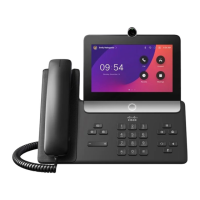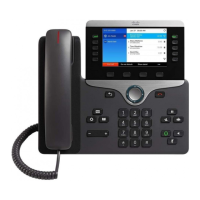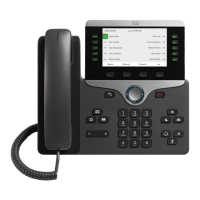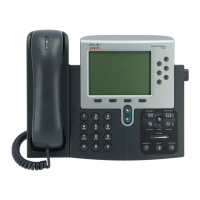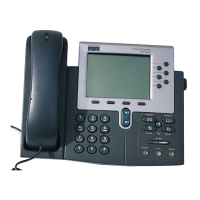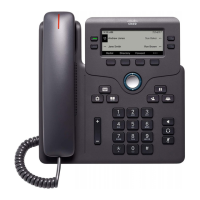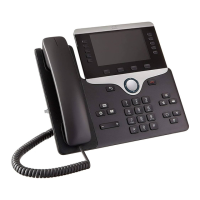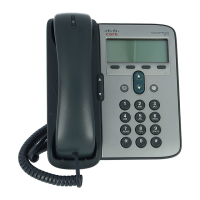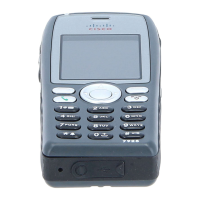Broadcast and multicast traffic will be queued until the DTIM period when there are power save enabled clients associated to
the access point, so DTIM will determine how quickly these packets can be delivered to the client. If using multicast
applications, a shorter DTIM period can be used.
When multiple multicast streams exist on the wireless LAN frequently, then it is recommended to set the DTIM period to 1.
Dynamic Transmit Power Control (DTPC)
To ensure packets are exchanged successfully between the Cisco IP Phone 8861 or 8865 and the access point, Dynamic
Transmit Power Control (DTPC) should be enabled.
DTPC prevents one-way audio when RF traffic is heard in one direction only.
If the access point does not support DTPC, then the Cisco IP Phone 8861 and 8865 will use the highest available transmit power
depending on the current channel and data rate.
The access point’s radio transmit power should not have a transmit power greater than what the Cisco IP Phone 8861 and 8865
can support.
Call Capacity
Design the network to accommodate the desired call capacity.
The Cisco access point can support up to 27 bi-directional voice streams for both 802.11a/n/ac and 802.11g/n at a data rate of
24 Mbps or higher. To achieve this capacity, there must be minimal wireless LAN background traffic and initial radio frequency
(RF) utilization.
The number of calls may vary depending on the data rate, initial channel utilization, and the environment.
Audio Only Calls
Below lists the maximum number of audio only calls (single bi-directional voice stream) supported per access point / channel.
Video Calls
Video calls over Wireless LAN will significantly reduce the potential call capacity.
Below lists the maximum number of video calls (single bi-directional voice and video stream) supported per access point /
channel for each video bit rate.
If there are two Cisco 8865 endpoints communicating with each other, then that is two bi-directional voice and video streams.
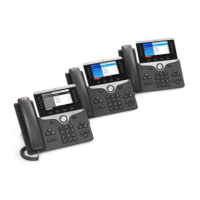
